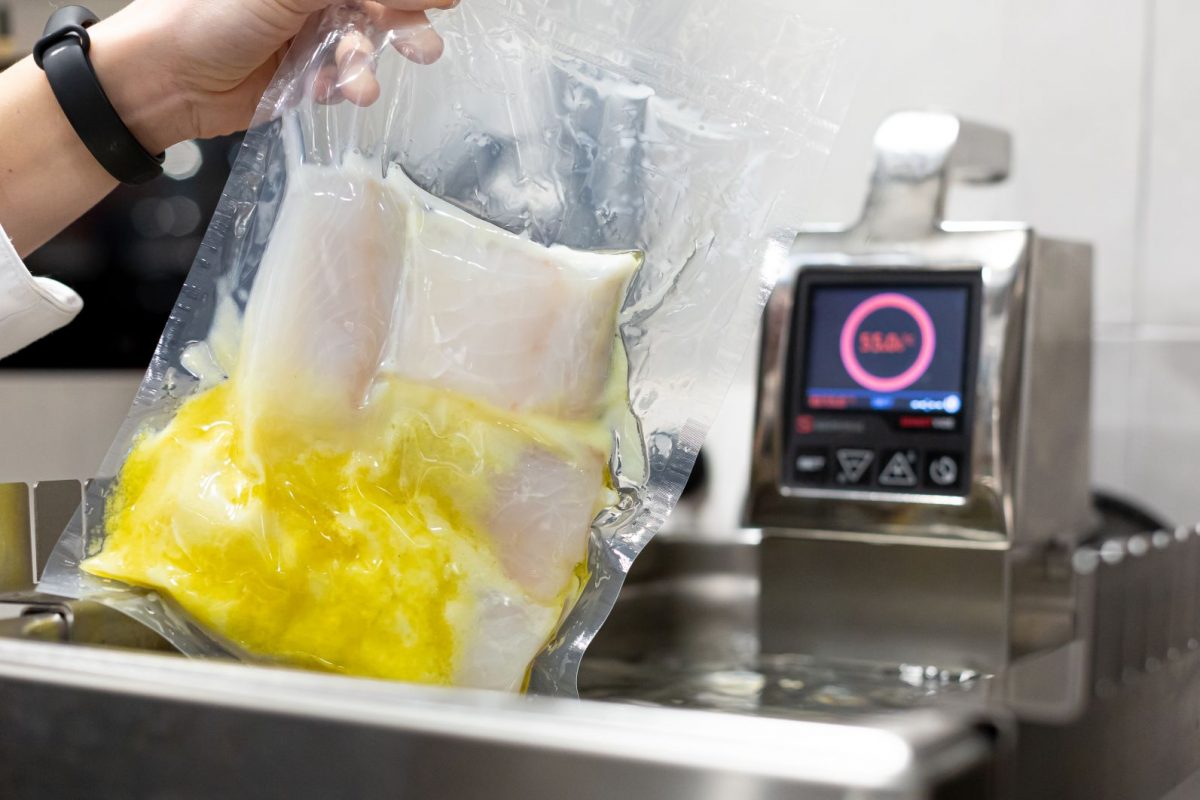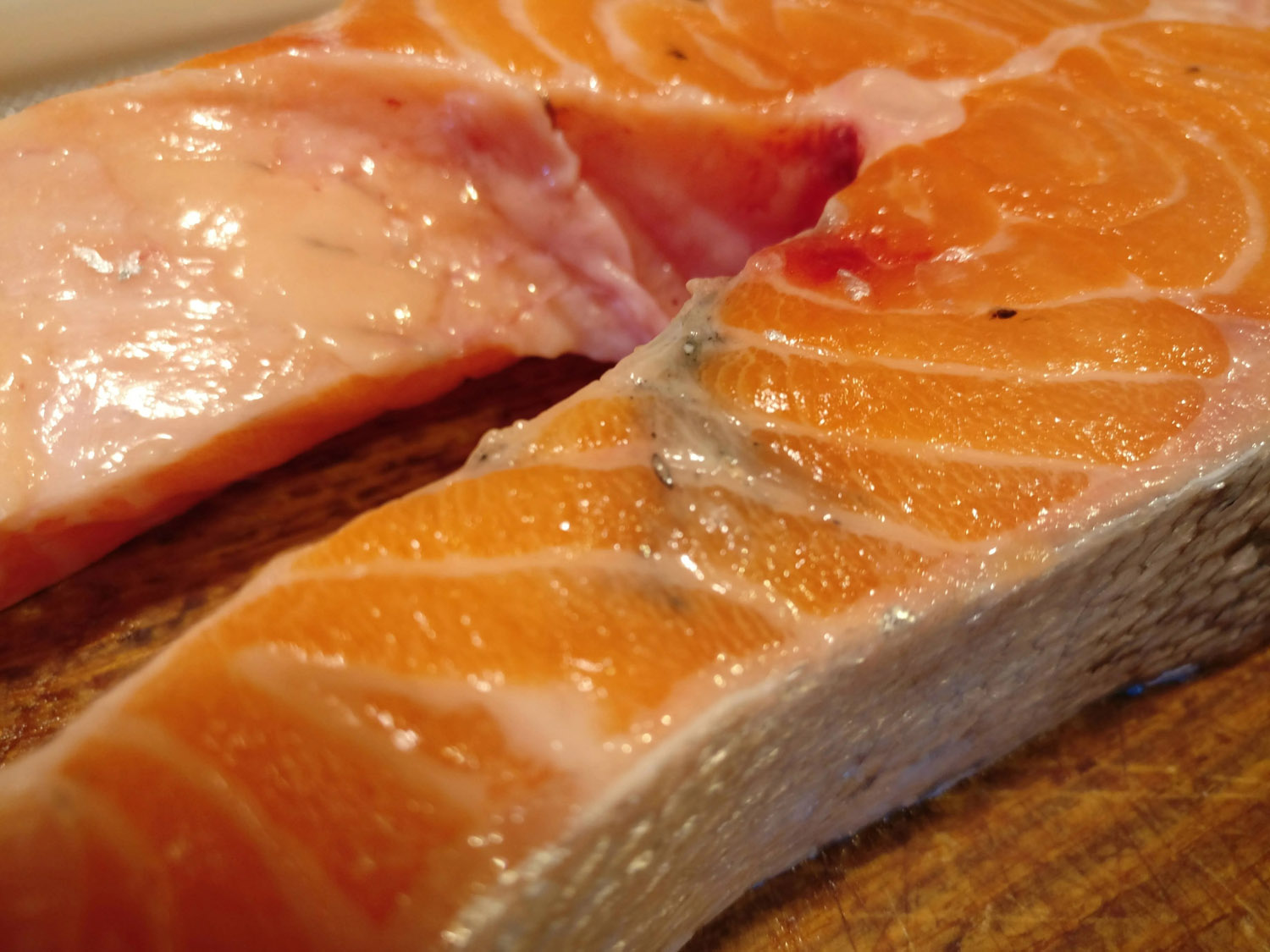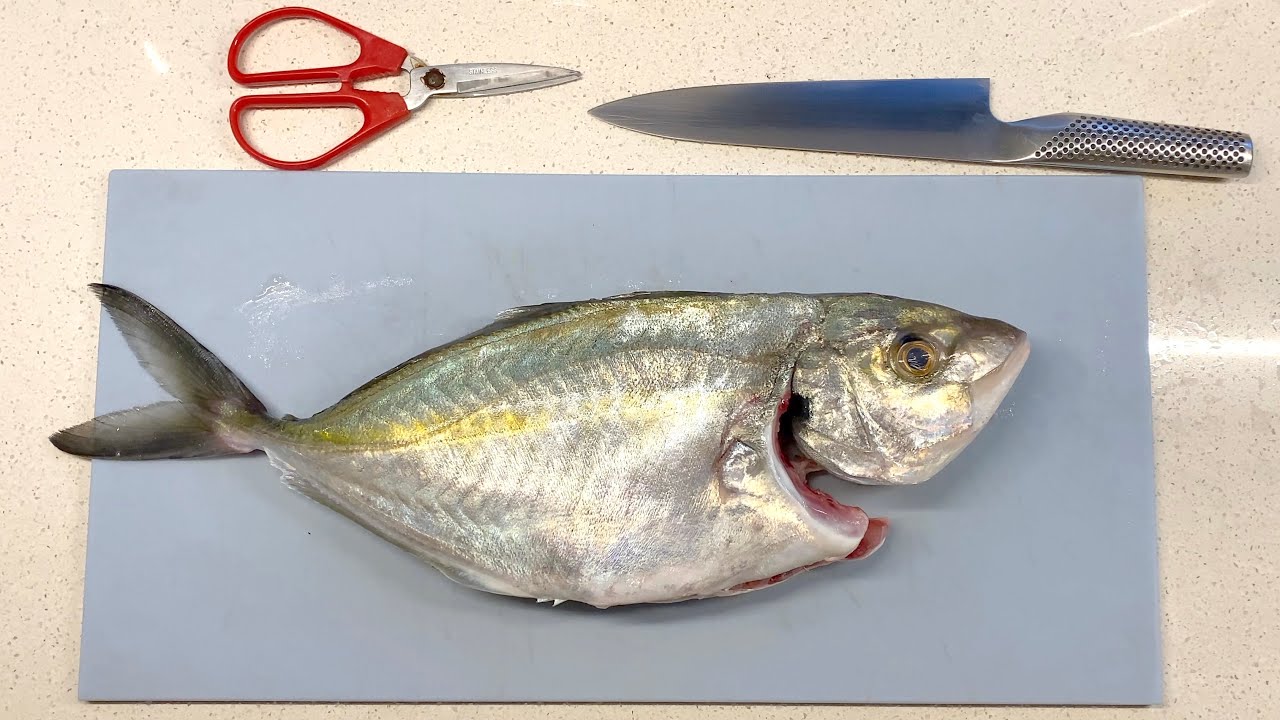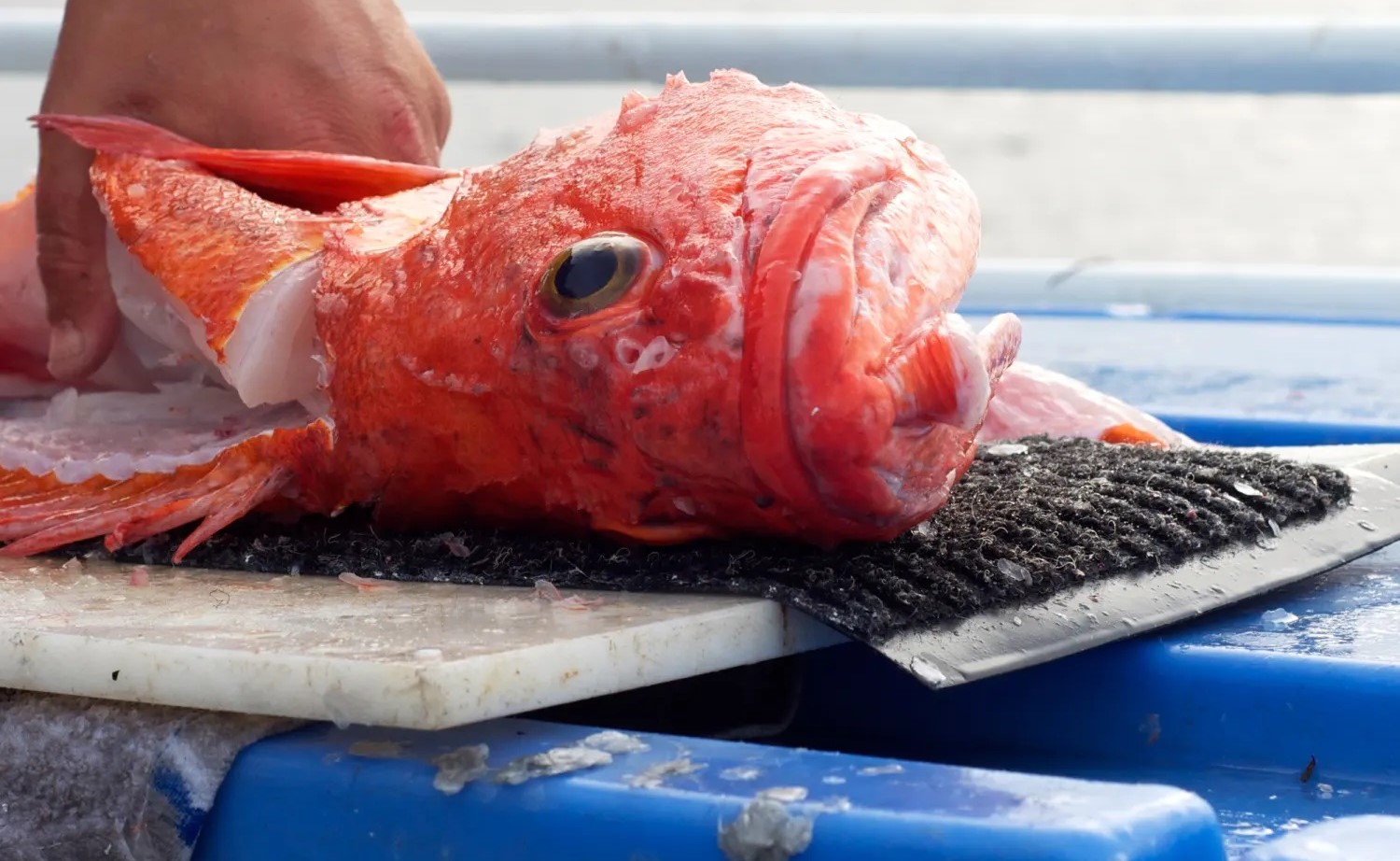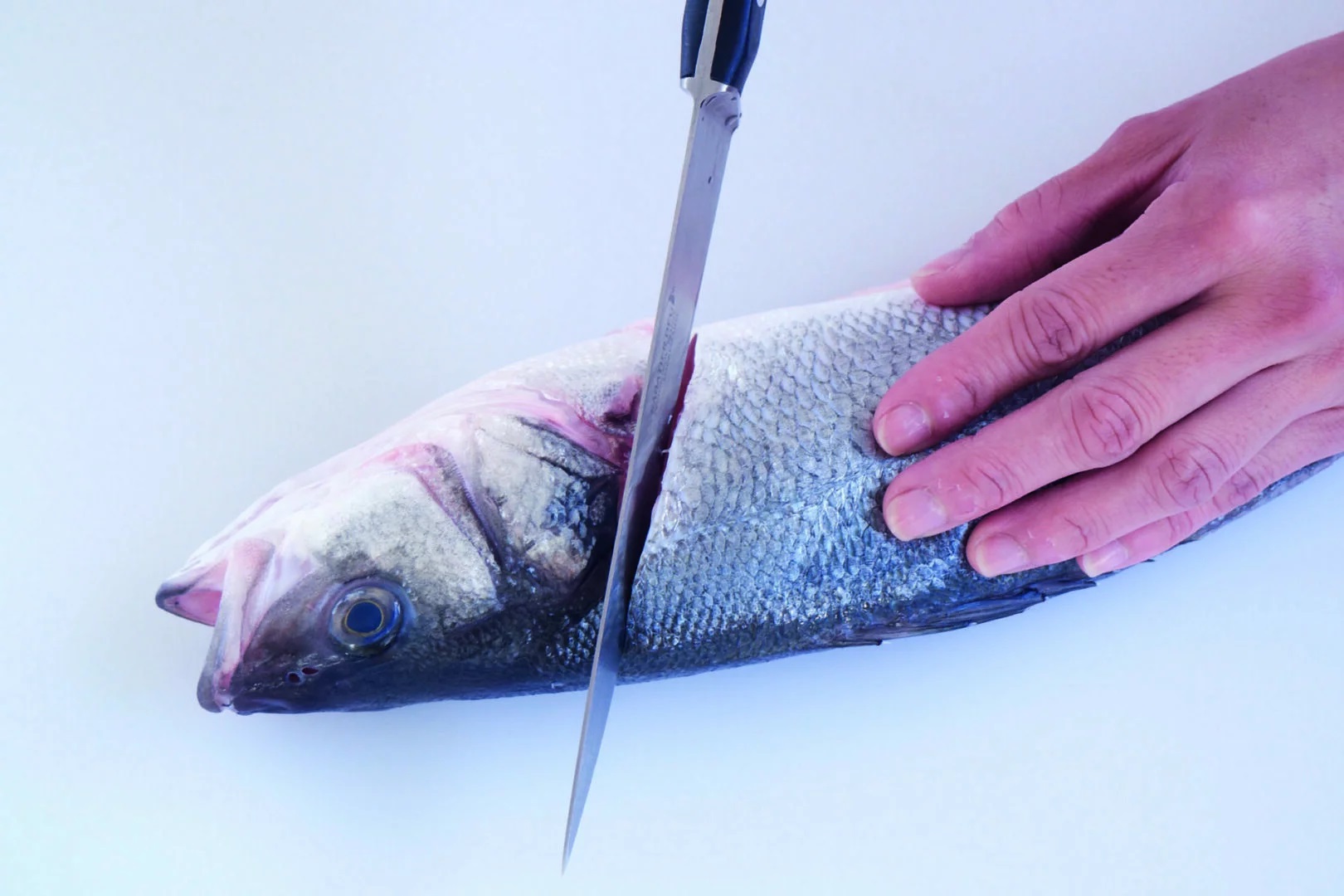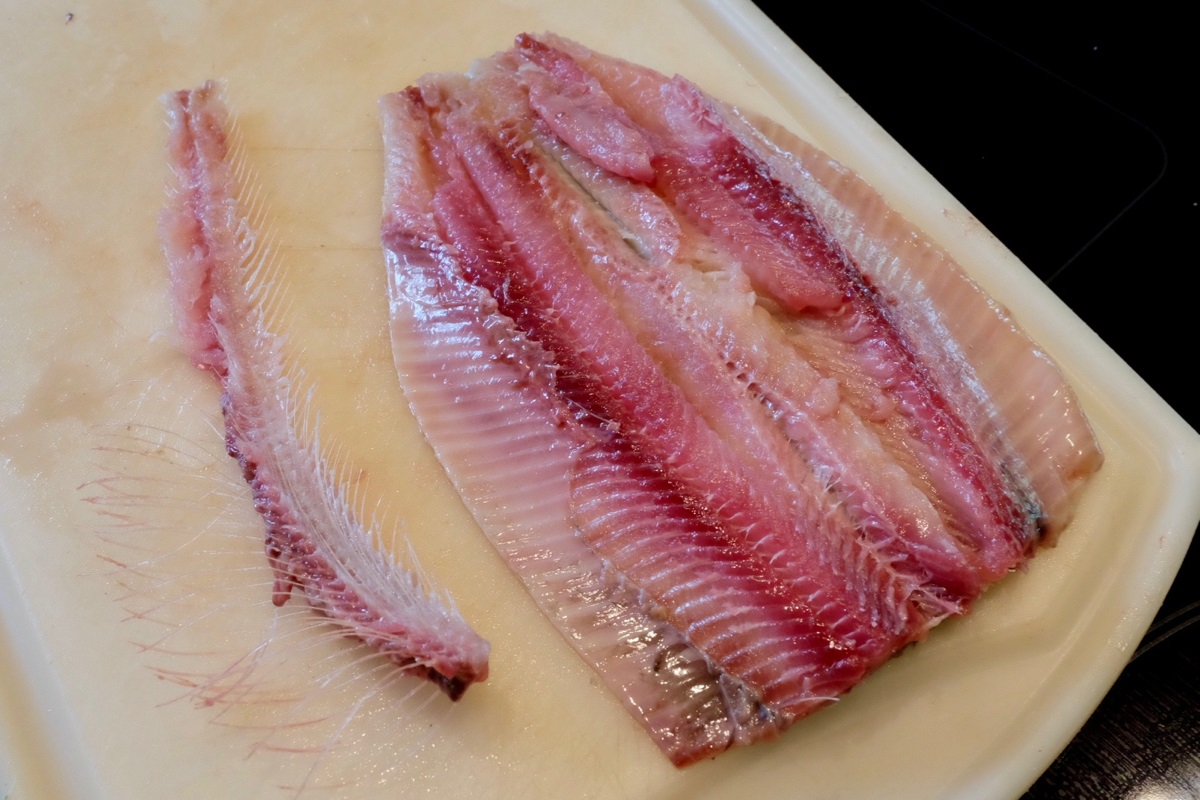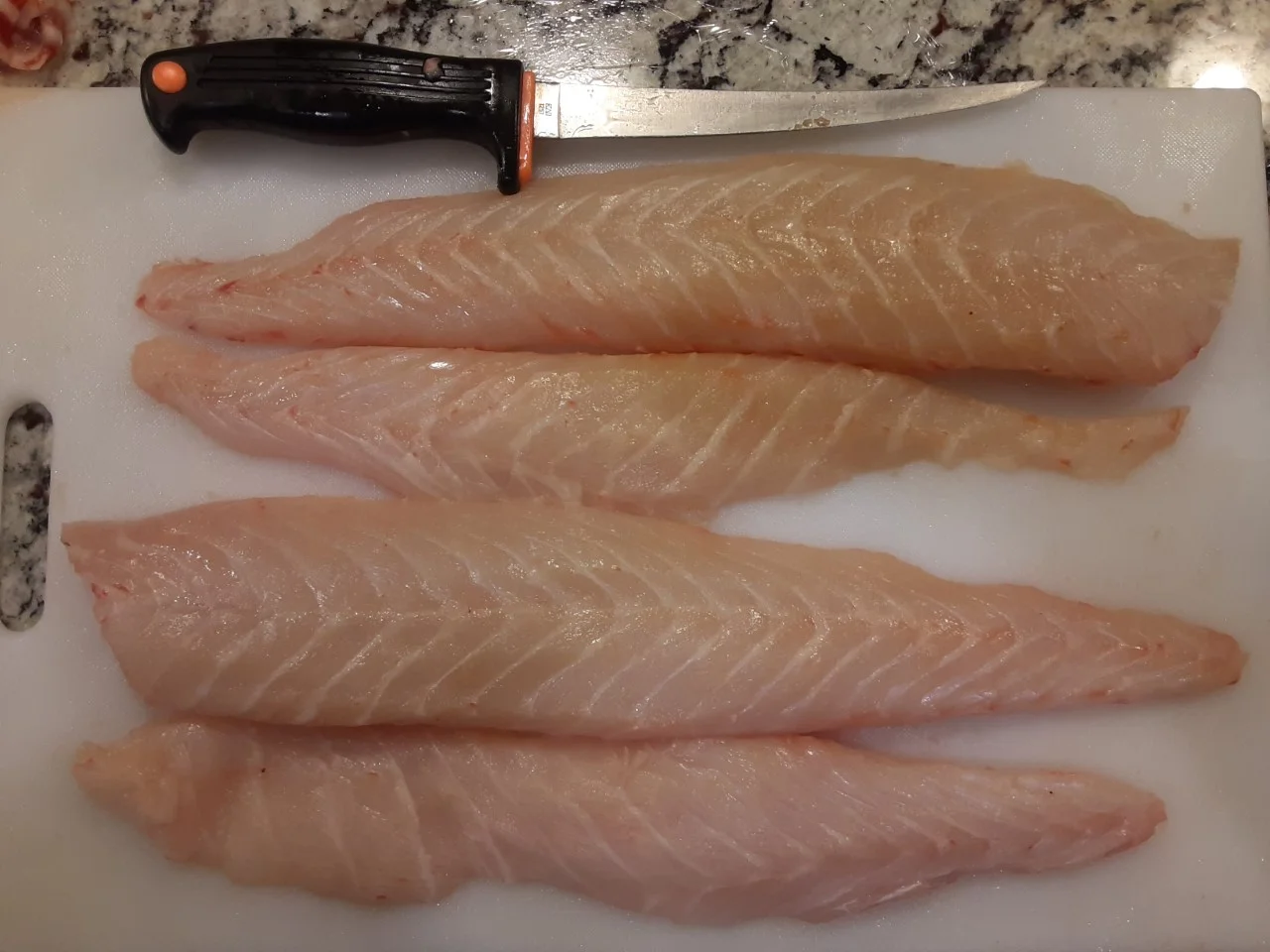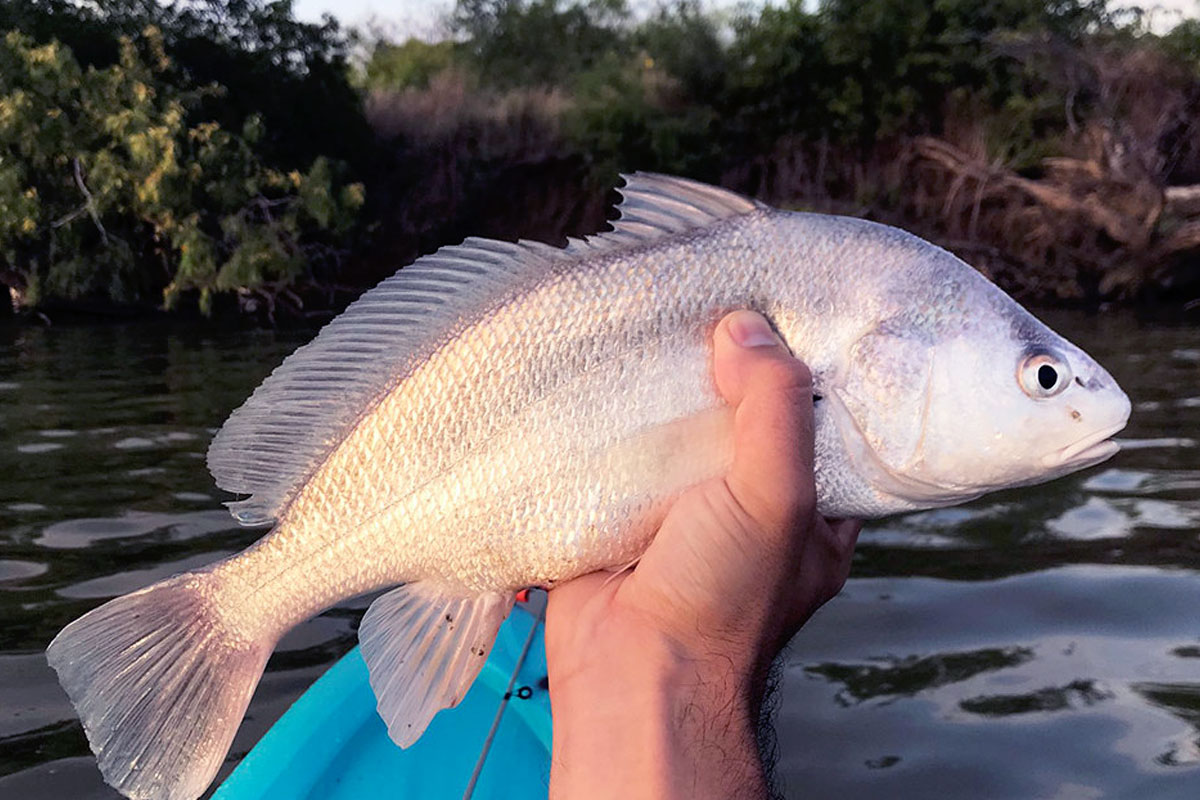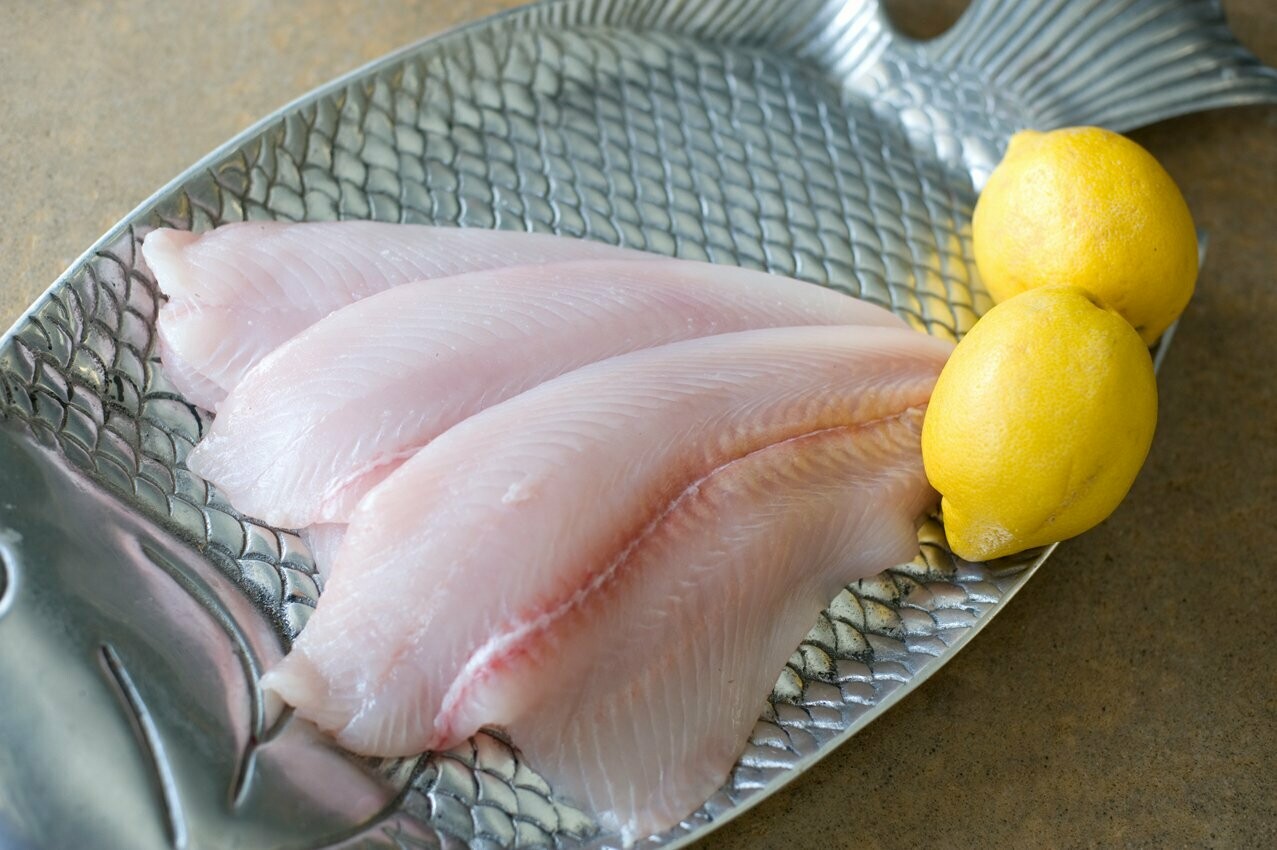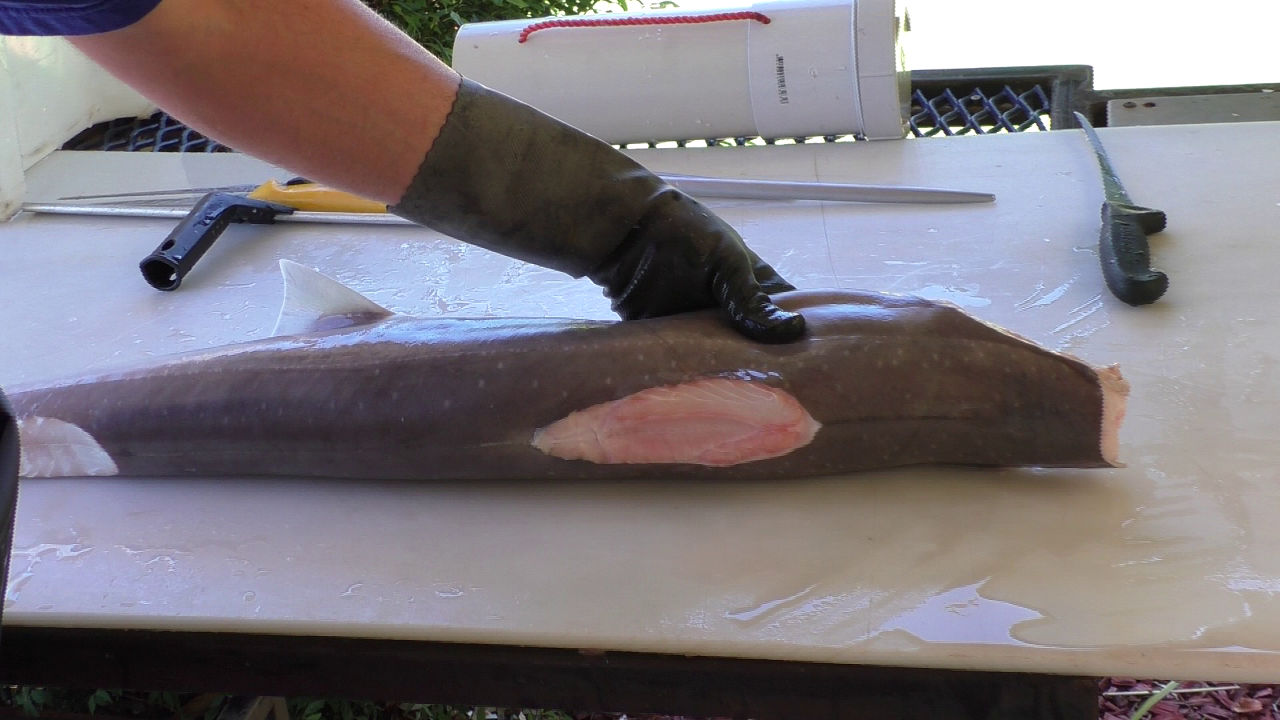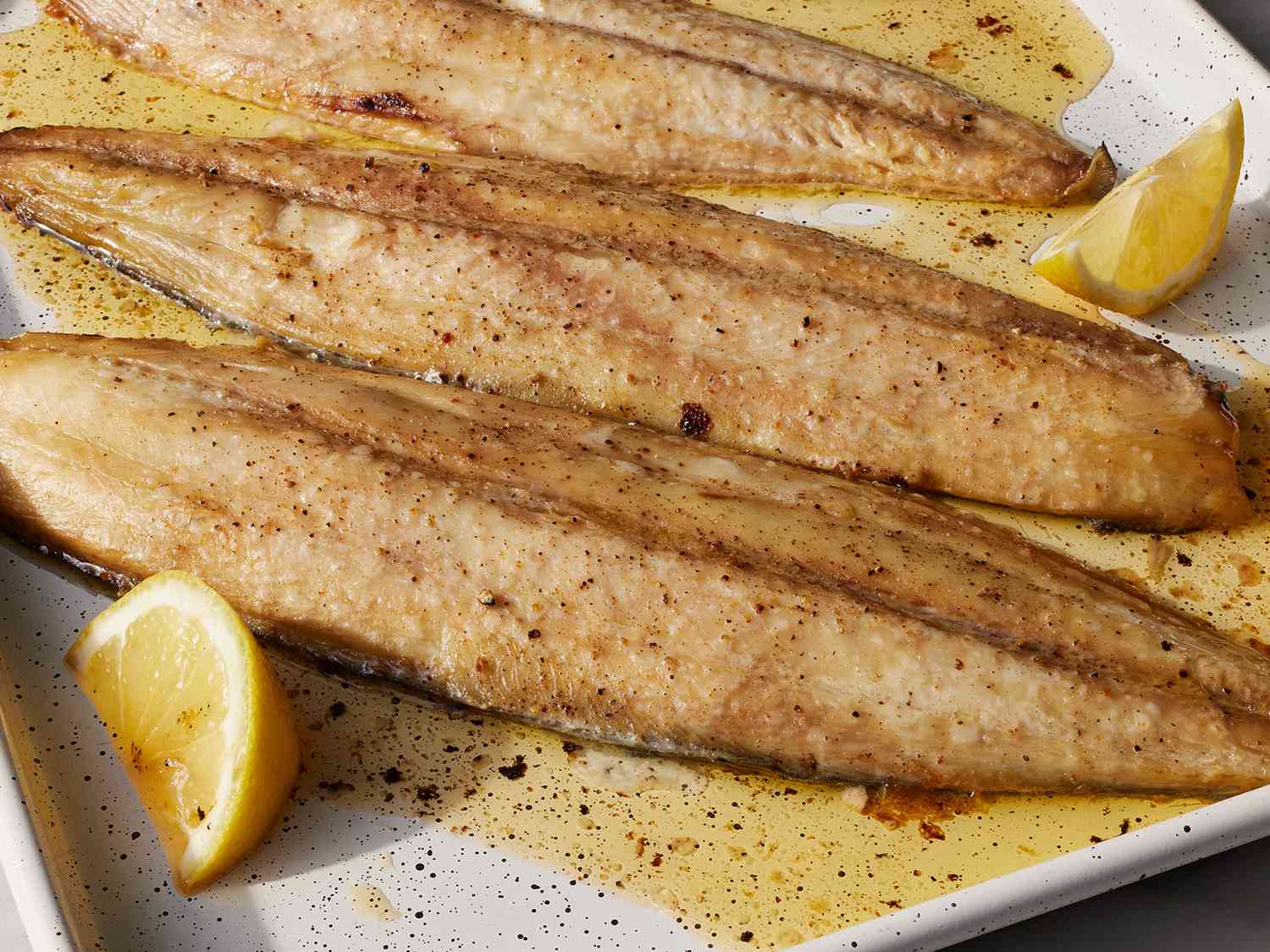Mastering the Art of Filleting with a Machine Part
Are you ready to take your filleting skills to the next level? Using a machine part for filleting can be a game-changer in the kitchen. Whether you’re a professional chef or a home cook, mastering this technique can save you time and effort while producing perfectly filleted fish or meat. In this guide, we’ll walk you through the steps to help you become proficient in filleting with a machine part.
Choosing the Right Machine Part
Before you start the filleting process, it’s essential to select the right machine part for the job. Look for a sharp and durable blade that is specifically designed for filleting. The blade should be compatible with the machine you are using and should be easy to handle.
Preparing the Fish or Meat
Once you have the appropriate machine part, it’s time to prepare the fish or meat for filleting. Make sure the fish or meat is clean and free of any scales or skin. If filleting fish, remove the head and tail, and then rinse it thoroughly under cold water. Pat it dry with a paper towel to ensure a firm grip when using the machine part.
Mastering the Filleting Technique
Now that you have the machine part and the prepared fish or meat, it’s time to master the filleting technique. Follow these steps for a successful filleting process:
- Secure the Fish or Meat: Place the fish or meat securely on a clean, flat surface. This will prevent it from moving around while you fillet.
- Position the Machine Part: Hold the machine part firmly and position it at the edge of the fish or meat, ensuring that it is aligned with the natural shape of the fillet.
- Apply Even Pressure: With a steady hand, apply even pressure as you guide the machine part along the backbone of the fish or the bone of the meat. This will ensure a smooth and precise cut.
- Repeat the Process: Once the first fillet is removed, repeat the process on the other side of the fish or meat to obtain the second fillet.
Finishing Touches
After successfully filleting the fish or meat with the machine part, take a moment to inspect the fillets for any remaining bones or scales. Use a pair of tweezers to carefully remove any leftover bones, ensuring that the fillets are bone-free and ready for cooking.
Practice Makes Perfect
As with any culinary skill, mastering the art of filleting with a machine part takes practice and patience. Don’t be discouraged if your first attempts are not perfect. With time and experience, you’ll become more confident and efficient in using this technique to produce beautifully filleted fish or meat.
So, the next time you’re in the kitchen, consider using a machine part for filleting and take your culinary expertise to new heights!
Happy filleting!
For readers looking to try out their newfound filleting skills with a machine part, there are several recipes that stand out and are worth exploring. They can start with Crispy Fish Tacos with Lime Crema, a delightful dish that combines crispy fish with a refreshing lime crema. For a taste of the Mediterranean, Mediterranean Stuffed Fish Fillets offer a flavorful experience with herbs and spices. Those who prefer a crunchy texture will enjoy Panko-Crusted Fish Fillets, which are sure to be a hit. For something light and healthy, Asian-Style Steamed Fish Fillets are a great choice, offering a delicate balance of flavors. Finally, Grilled Lemon Herb Fillet of Fish is perfect for those who love the taste of grilled fish with fresh herbs and lemon. Each of these recipes highlights different techniques and flavors, making them excellent options for practicing and enjoying the art of filleting with a machine part.

